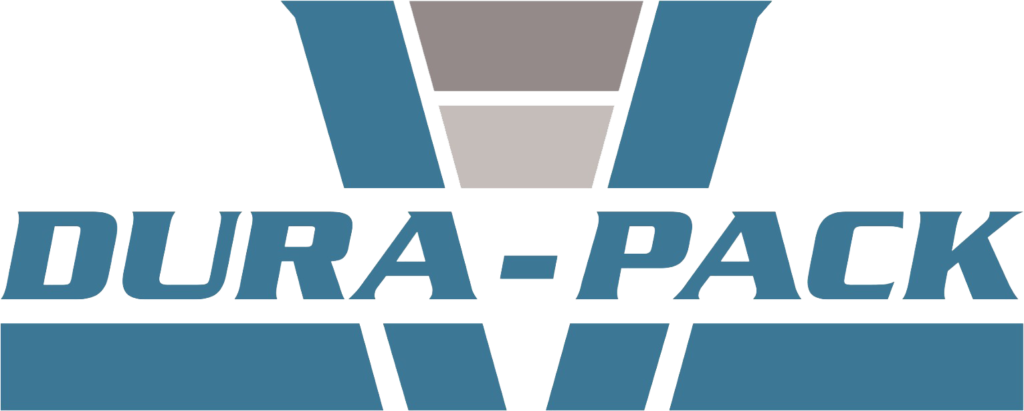Gummy candies are a popular treat for many people of all ages. Proper packaging keeps gummies fresh and safe from damage. Managers often debate gummy packaging speed vs accuracy. This article explores how to balance fast lines with precise results for the best outcome.
The Importance of Speed
Speed in gummy packaging means more packs leave the line each hour. High-speed lines meet demand during holidays or big sales. Faster packaging also cuts labor costs by reducing worker hours. Speed helps factories stay competitive in a busy market.
The Critical Role of Accuracy
Accuracy ensures each gummy pack has the right count and weight. Precise seals prevent air and moisture from spoiling candies. Correct labels and codes help with tracking and recalls. Accuracy protects brand reputation and builds customer trust.
The Trade-Off Between Speed and Accuracy
Pushing speeds too high can increase errors on scales or vision checks. Slowing lines to boost accuracy can miss delivery windows. Managers must find the right balance for gummy packaging speed vs accuracy. This balance shifts based on factory size and demand.
Key Performance Metrics
Throughput rate and error rate are the two main metrics to watch. Throughput rate measures how many packs leave the line per minute. Error rate tracks underweight packs, miscounts, or seal failures. Monitoring both allows managers to spot problems quickly.
Table of Sample Metrics
| Metric | High Speed Line | High Accuracy Line |
|---|---|---|
| Throughput (packs/min) | 120 | 60 |
| Error Rate (%) | 3.5 | 0.5 |
| Downtime (min/day) | 50 | 30 |
Factors Affecting Packaging Speed
The design of packaging machines sets a base speed limit. Wider conveyors and larger feeders move gummies faster. Regular maintenance prevents slowdowns from wear and tear. Well-trained operators keep the line running smoothly.
Raw material quality also plays a role. Sticky or misshapen gummies can jam machines. Consistent gummy size helps feed systems work at peak speed. Factories must check candy quality before packaging.
Factors Affecting Packaging Accuracy
Precision scales and vision systems check weight and count. Sensors inspect seals and look for defects on each pack. Proper calibration keeps errors low over long runs. Clean, controlled environments prevent gummy sticking and sensor misreads.
Regular audits catch small errors before they grow. Detailed records help trace errors back to specific shifts or machines. Audits also guide staff on where to focus adjustments for better accuracy.
Technology to Balance Speed and Accuracy
Smart sensors adjust machine speed when error risk rises. They slow the line slightly to improve checks. AI systems predict when maintenance is needed to avoid unexpected stops. Data dashboards let managers watch performance in real time.
Automated reject systems remove faulty packs without stopping production. Integrated software logs each pack’s weight and seal data. This digital record helps meet food safety regulations and audits.
For factories looking to upgrade or expand, choosing the right gummy candy packaging machines can make all the difference. These machines are built to maintain both high speeds and low error rates, helping manufacturers hit key performance goals without compromise.
Step-by-Step Optimization Process
First, record current throughput and error rates over several days. Second, spot the biggest delays or common errors on the line. Third, test small changes like fine-tuning sensor sensitivity or conveyor speed. Fourth, review new data and repeat the process to get closer to ideal gummy packaging speed vs accuracy.
Workforce Training and Roles
Well-trained operators can catch errors before they stop the line. Regular training sessions help staff learn new machines and systems. Cross-training allows workers to cover multiple roles on busy days. Clear communication about speed and accuracy goals keeps teams aligned.
Cost and Investment Analysis
Upgrading machines and systems requires a significant upfront cost. However, faster lines and lower error rates cut waste and labor costs over time. Savings from fewer recalls and customer complaints improve profit margins. Many factories see a return on investment in under a year.
Case Study: Mid-Sized Factory
A mid-sized candy maker improved its gummy packaging speed vs accuracy by 20%. They added vision systems and trained staff on sensor calibration. Throughput rose from 80 to 100 packs per minute. Error rates fell from 2.5% to 0.7%, cutting waste and boosting customer satisfaction.
The factory saved thousands of dollars a month by cutting back on manual inspections. Staff morale improved as operators felt more confident in the line’s performance.
Environmental and Sustainability Benefits
Efficient packaging lines use less energy per pack. Reduced waste lowers the number of discarded gummies and packaging materials. These savings help factories meet sustainability targets and reduce their carbon footprint. Green credentials can attract eco-aware customers.
Many companies now report energy and waste metrics alongside speed and accuracy. This holistic view helps prioritize investments that yield both economic and environmental gains.
Future Trends in Gummy Packaging
Robots and cobots will work alongside humans to boost speed and precision. Machine learning will improve error prediction and reduce downtime. Flexible packaging lines will switch between products in minutes, meeting varied market demands. The focus will remain on balancing gummy packaging speed vs accuracy for optimal results.
Conclusion
Balancing speed and accuracy in gummy packaging is essential for profit and quality. Factories must track key metrics and test small improvements. Investing in technology and training pays off over time. Use the tips here to optimize speed and accuracy together for better results.
